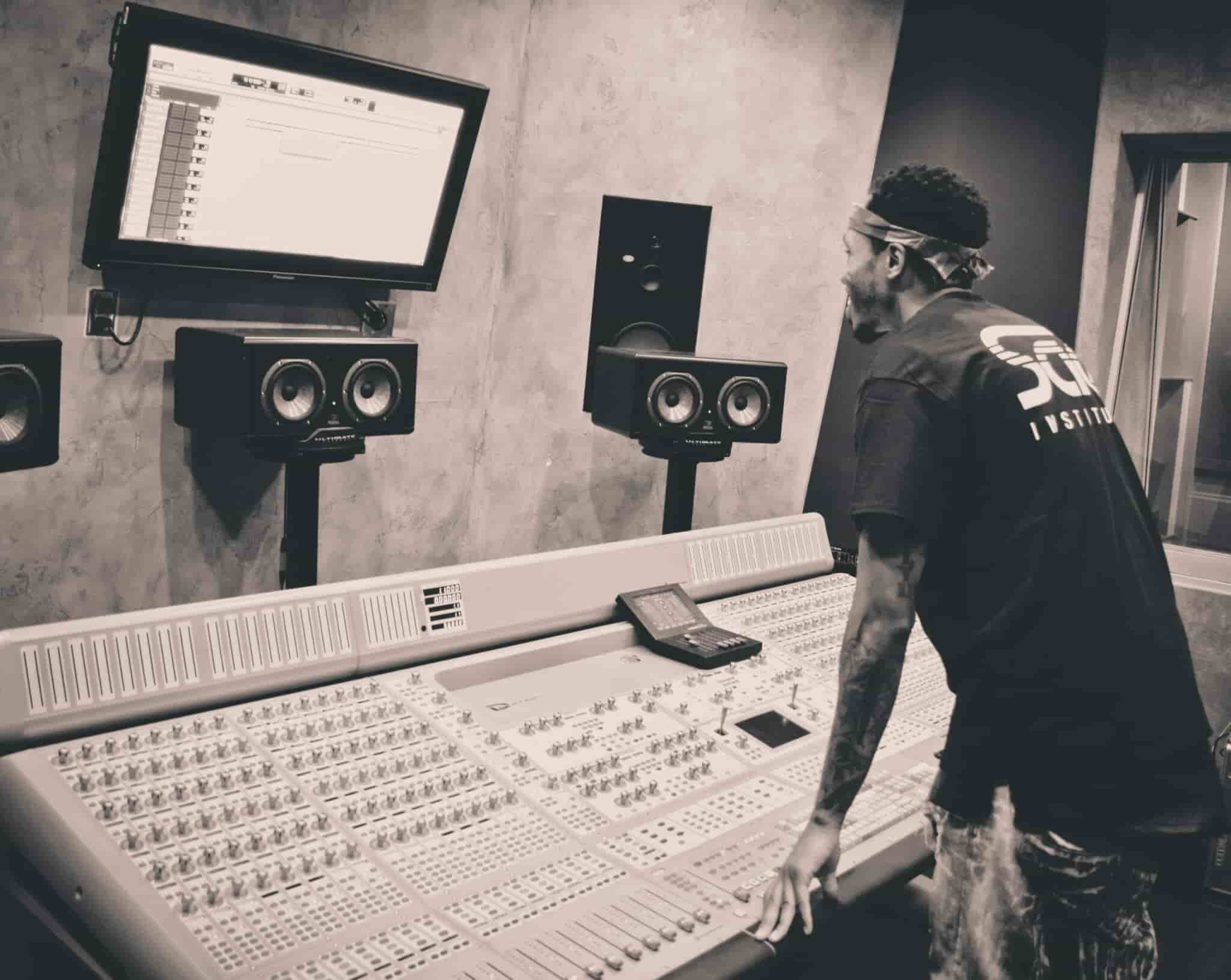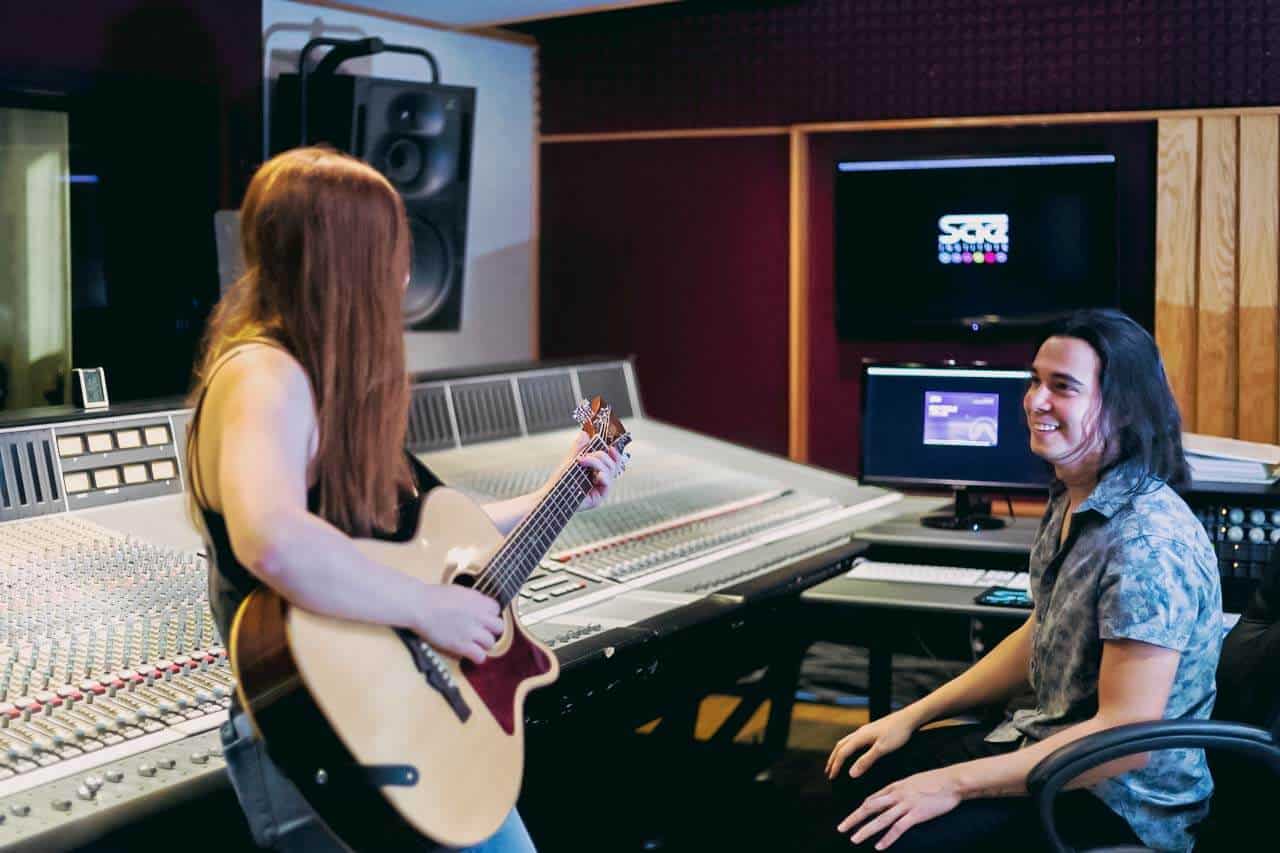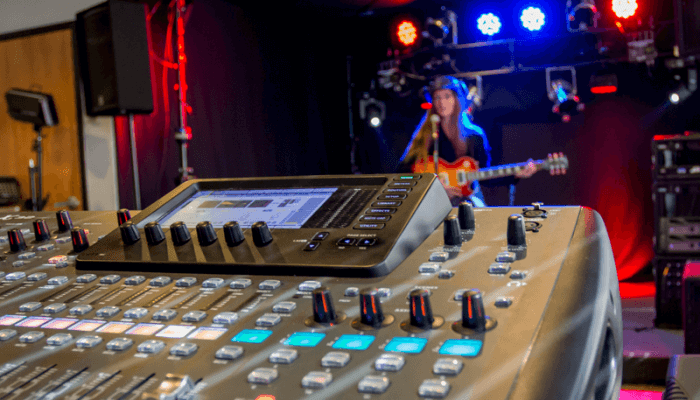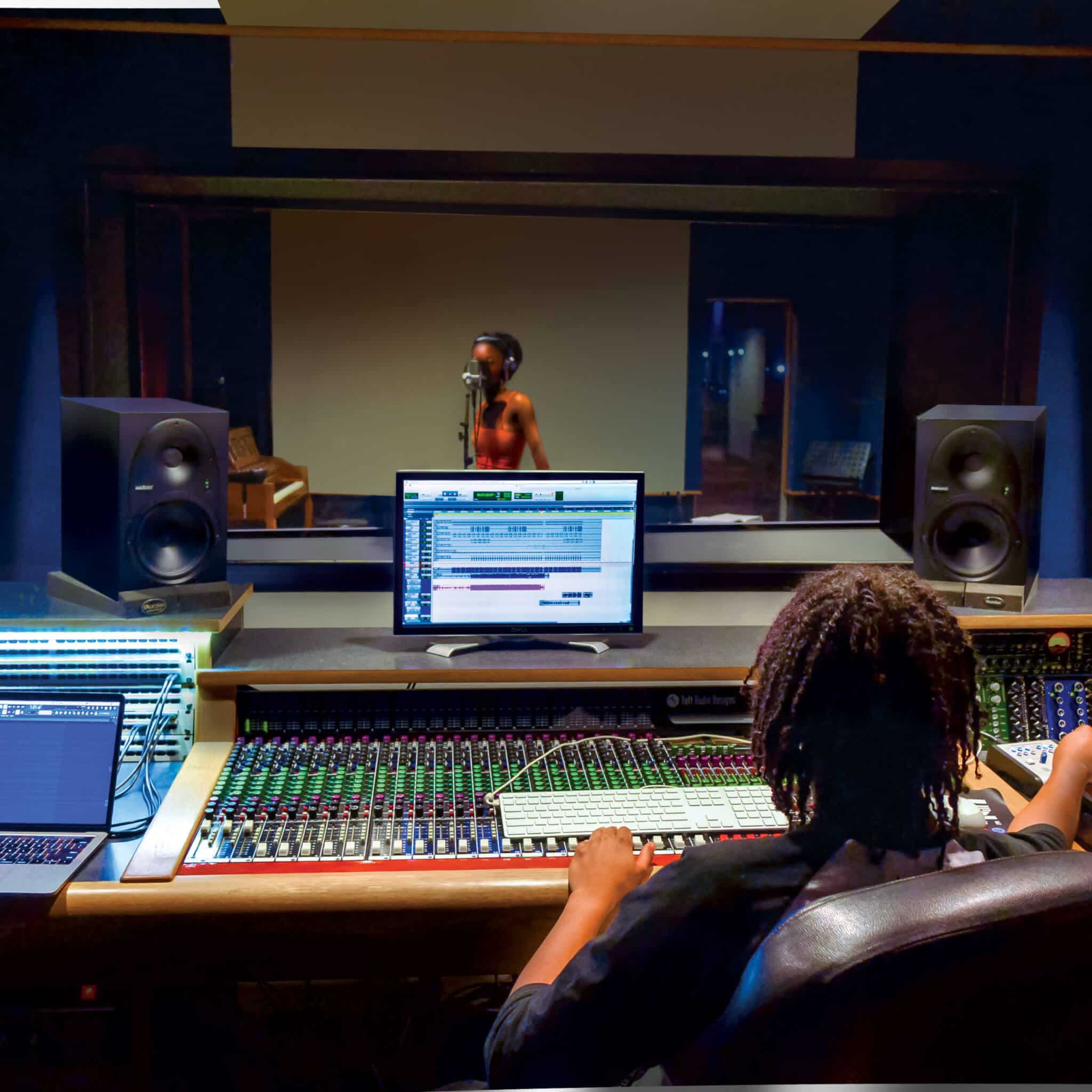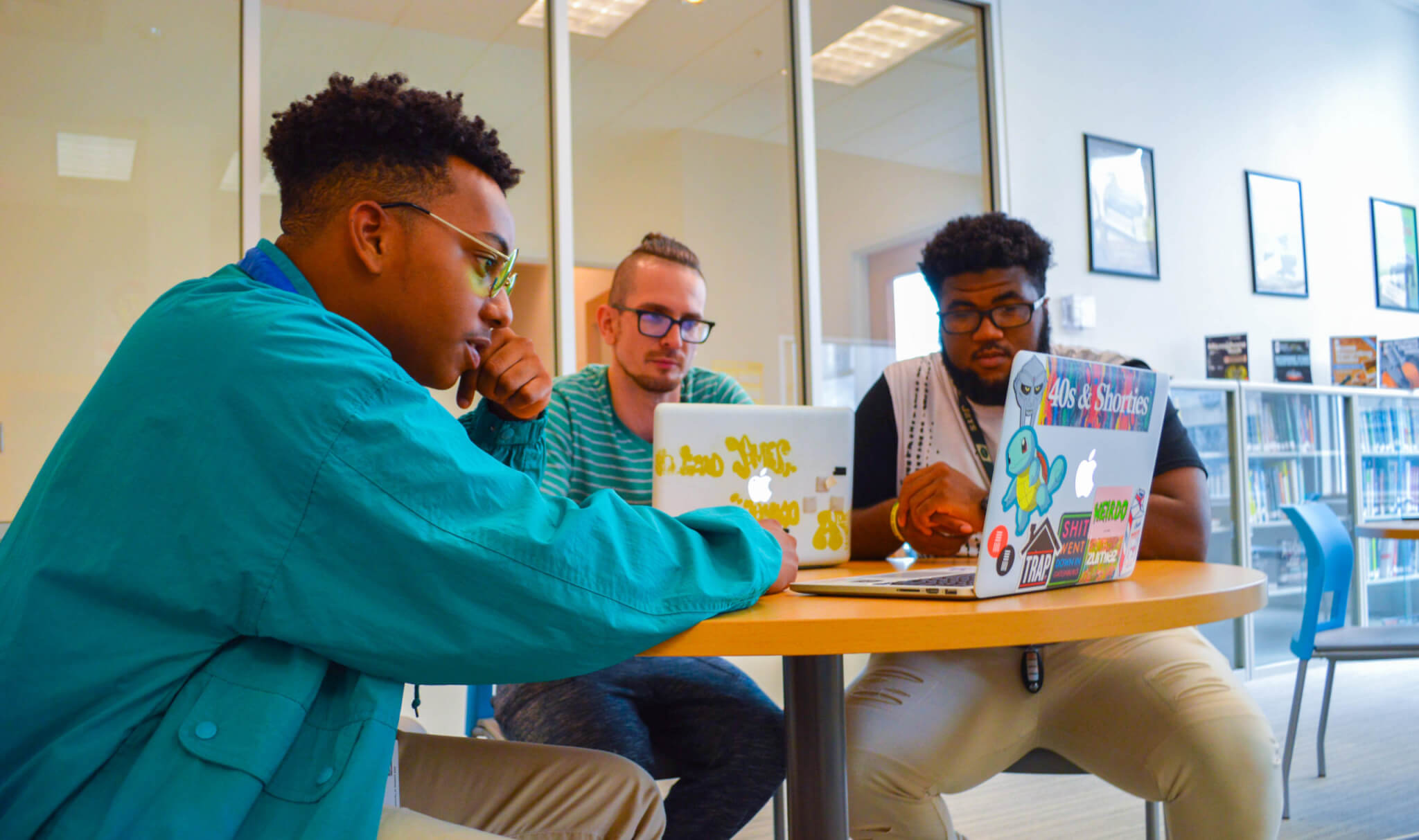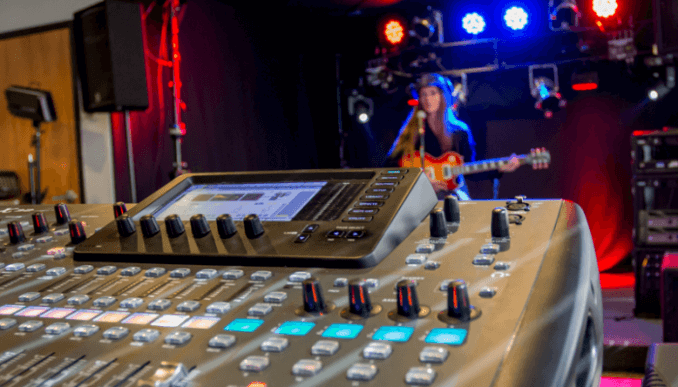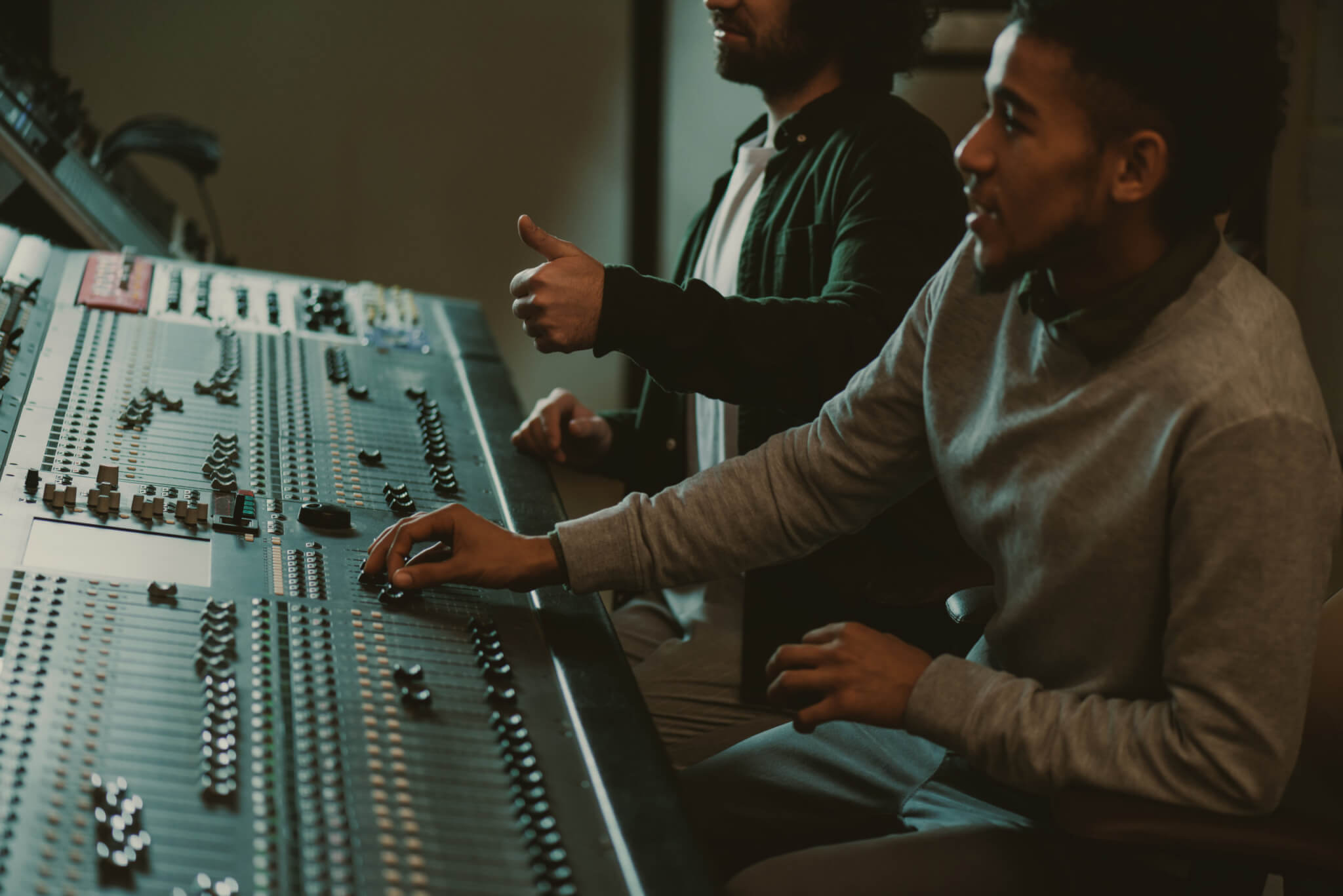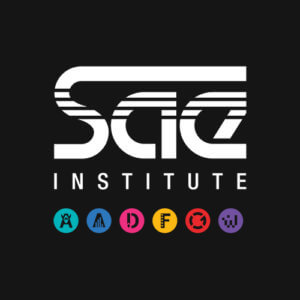
In part 2 of our new series on the future of the recording studio, Andrew Wildrick, Audio Program Chair at SAE Institute Nashville, shares his opinion on the future of physical vs digital recording and the legacy of the pandemic.
Recording studios could have gone 100% digital about 15 years ago – but they didn’t, although everyone thought that they would. The sentiment was, “Who wouldn’t want things to be convenient and just exist on a computer with no other equipment necessary?” The mobility was there. The ease of use and accessibility were there. But something was missing.
How “touch” impacts the recording process
Producers and recording engineers are drawn towards the tactile feel of a recording console, mixer or outboard gear. An instrumentalist wants to feel and play their instrument. For an audio engineer, the console or mixer is their instrument. Moving everything to a digital environment and controlling it with a mouse means removing the audio engineer’s instrument. You can compare this to a resurgence in cars to put actual buttons back on the dashboard rather than accessing everything through touch screen menus. Humans like to know and feel when they are pressing something.
The recording studio is the same way. We like to grab things and feel what we are doing. This is part of being human. Do we think eventually records will be made utilizing neural link technology and telepathy where we don’t need to physically touch anything? Perhaps. But the current signs show that we do want to physically touch and move things. In the live sound world, the mixer is usually 100% digital but it always contains physical faders that allow an engineer to manipulate the signals with their hands.
The future: a happy marriage between analog and digital
Long story short, recording studios will likely continue to be a hybrid of analog and digital technology. There will be many components that exist completely digitally but there will continue to be hardware that takes physical touch and electrical voltage to assist in the music making process. I believe there will always be a place for, “One box that does one thing really well.” We see this with compressors and microphone preamplifiers. Sure, you can create a device that does 1,000 things at a decent level, but there is a trust factor when you know you can count on one box to do one very specific task incredibly well. And you can take it with you when you need it. You don’t always need an entire tool chest of options when one really good screwdriver will get the job handled 9 out of 10 times. More options can be a bit overwhelming and digital technology basically makes everything limitless.
We will see more and more subscription models within recording technology which is great for manufacturers but not ideal for consumers or engineers. To use Pro Tools with the signal processors that you enjoy, you will likely need to subscribe to a monthly payment plan. The old model of selling digital goods outright is quickly diminishing.
Remote recording: the legacy of COVID-19
Remote recording capabilities will likely increase. Meaning, if I record something in Nashville and want to collaborate with an artist in New York, this process is becoming easier and easier with software such as Audiomovers, which allows for real time, high fidelity, stereo audio sharing. This has been an area that the pandemic has helped speed up.
There will also be less copper wires necessary in a recording studio. You used to need one copper wire for every signal at every point in the signal chain. Now you can take 16 drum microphone signals, for example, and sum them into one digital cable. This makes it much easier to move large numbers of signals to other locations. Most houses and buildings are built with fiber optic or ethernet cables pre installed. We can now “tap in” to these preexisting lines with our audio signals and move them throughout the structure or even to another building altogether. This technology came about maybe 5 to 7 years ago and it is quickly becoming ubiquitous and expected.
About Andrew Wildrick
Andrew currently holds the role of Audio Program Chair at SAE Institute Nashville. He has a BS in Business and Music as well as an MA in Audio Technology. Andy’s experiences as a musician have included many recording studio experiences with top producers. This instilled an interest in the record-making process. He has since produced nearly 60 albums, has had multiple songs on TV shows and in video games. He also maintains a Nashville-based studio called Wild Rick Sound. Some of his favorite career moments include performing on television with American Idol winner David Cook, and opening for Panic! At the Disco on a sold-out European tour.
